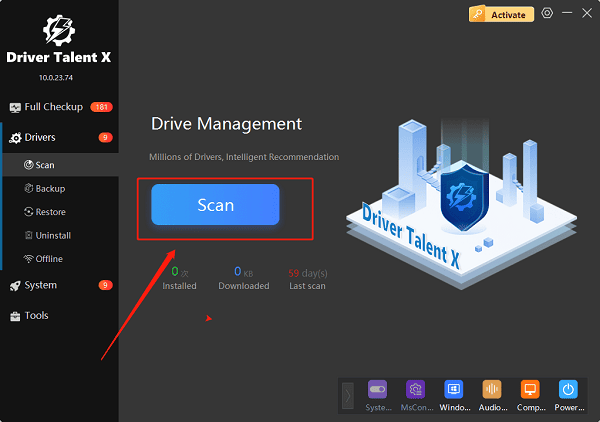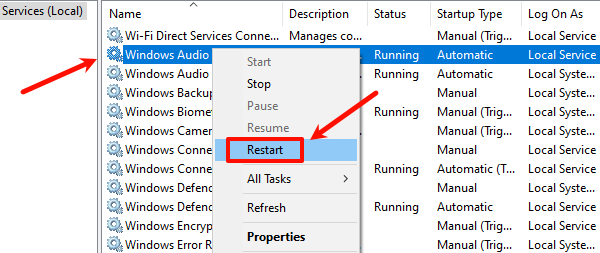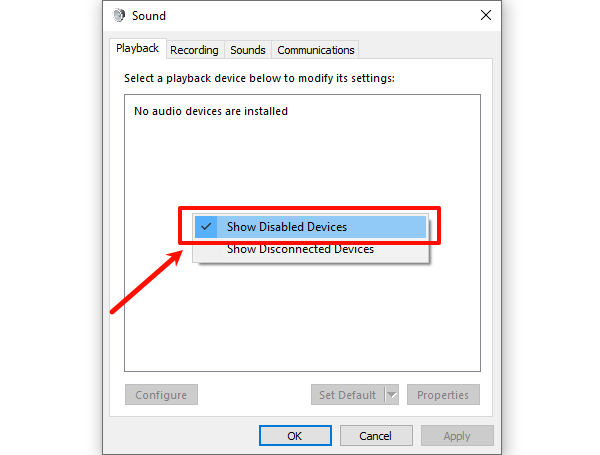While using a Windows computer, some users may encounter the annoying message: "No Audio Output Device is Installed". This typically means your PC is unable to play sound properly, seriously affecting the user experience.
This article explains the common causes of this issue and provides a series of practical solutions to help you quickly restore your computer's audio functionality.
Common Causes of the "No Audio Output Device is Installed" Error
Audio driver is missing or corrupted
Audio device is disabled
Driver incompatibility after a Windows update
Sound card hardware failure
Audio interface recognition errors (especially for external devices)
How to Fix "No Audio Output Device is Installed" on Windows
Fix 1: Update the Audio Driver
A faulty or outdated driver is the root cause of most "No Audio Output Device is Installed" issues. It's recommend to use Driver Talent X, a powerful driver management tool that automatically identifies, downloads, and installs the best drivers for your device.
Click the Download button to get the latest version of Driver Talent X. Install and launch the software.
Go to the Drivers section and click "Scan". The tool will automatically detect all driver statuses on your computer.

Locate the audio driver in the results and click "Upgrade".
Restart your PC to apply the changes.
Fix 2: Restart Windows Audio Services
Press Win + R, type "services.msc", and hit Enter.
Find "Windows Audio", right-click it, and select "Restart".

Do the same for "Windows Audio Endpoint Builder".
Reboot your computer to see if the issue is resolved.
Fix 3: Enable Disabled Audio Devices
Right-click the sound icon in the bottom-right taskbar and choose "Open Sound Settings".
Click "Sound Control Panel".
In the "Playback" tab, right-click the empty space and check "Show Disabled Devices".

If you see a grayed-out device, right-click it and select "Enable".
Fix 4: Run Windows Troubleshooter
Go to Settings > Update & Security.
Click "Troubleshoot", then select "Other troubleshooters".
Locate "Playing Audio" and click "Run the troubleshooter".

Follow the on-screen instructions to complete the process.
Fix 5: Check Your Sound Card Hardware
If the software-based fixes don't work, consider the following:
Open your desktop case to check if the sound card is loose.
Try using a USB sound card or Bluetooth headphones to test audio output.
Switch to a different audio output device to rule out hardware failure.
Frequently Asked Questions (FAQ)
Q1: I got the error after a Windows update. What should I do?
Windows updates may override or remove existing drivers. Try reinstalling the audio driver manually.
Q2: I'm using an external monitor (HDMI). Why is there no sound?
Switch the default output device to HDMI audio or your computer speakers.
Q3: Why can't my Bluetooth headphones be selected as the audio output?
Make sure the Bluetooth headset is properly paired and set as the default playback device.
In summary, the "No Audio Output Device is Installed" error is usually caused by software-related issues like driver errors, disabled devices, or inactive services.
By updating drivers, enabling devices, and restarting audio services, most users can resolve the problem easily. If the issue persists, you should check the sound card hardware or seek help from a technician.
